
19 Jan The Pedagogy of Art & How to Raise a Visionary
In the earlier days, with nothing to play with except mere imagination and some crayons and glue, raising a healthy child was a bit simpler. Parenting is never an easy task, but with a little deliberation and handiwork, it should be an act of creation and delight. Child’s formation is a responsible and far-reaching act. In a way, a little child is hot beeswax waiting to be sculpted into a piece of art.
What Should You Know about Child Psychology?
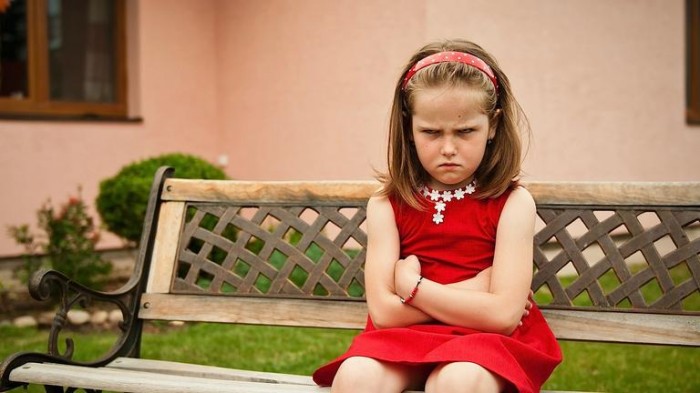
Between the fourth and fifth year of life, a child is going through a development period known in psychology as the initiative phase. After the successful acquisition of autonomy in previous years, a child is now ready to achieve a purpose, and the only way to do that is to act. So, the existential question is Is It Okay For Me To Do, Move and Act? This phase is inevitably marked with the ability to move more freely, exercise language and understand things about the outer world. Most importantly, it is a phase when a child starts asking questions and demanding answers. Penetrability is the dominant feature of this development period, with a few implementations, among which is the penetration of the unknown with curiosity. The need for exploring, so essential in latter life, is satisfied with the use of tools and, finally, making art. Therefore, if you were wondering what is the right time to introduce your little genius to be one with the world of art and science, this is it. While conquering this phase, a child is laying the foundation for goal striving and purposefulness, the elementary personality traits of any stargazer.
Why Is It Important?
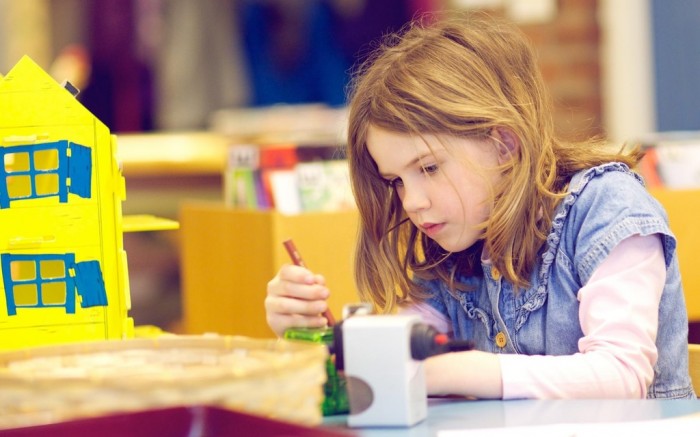
Well, art is a remedy. It is the adventure, the world within a world, the encouragement. While revealing the hidden dichotomies of the world, art is a child’s untiring companion. Its mission is to help a young person find its own strength, achieve the inner peace and the balance with the world around, and grow up to be a healthy, accomplished human being. A child devoted to art is more likely to become, if not an artist, then a person of strong ideas and insights, a theorist and a doer equally. Art is a major contributor to person’s inner growth, since it encourages soulfulness, spirituality and sensibility. Without art to inflame its imagination, a child would trudge through life deprived of any finesse and inner ear. After all, it’s us who are giving the world its splendor, and we are doing so with our ingenuity of design and invention. Ingenuity, nourished by art.
Where Do You Start?

Primarily, it’s important to be involved. It’s true that the whole world of findings is a click away from a modern child, but it’s the parent who’s responsible for introduction and selection. You should always be familiar with contents of cartoons, movies, books and other formats available to your child – not all of them have a positive influence. Even if they are harmless, these formats can simply be blank, and child’s entertainment is never supposed to be idle. A child’s curiosity is inexhaustible, and should be met with a challenging and stimulating subject matter. For that reason, be sure to do your research and, if needed, consult a professional. Ideally, in cases when parents can devote some additional time to their kids, they should check out their objects of interest with them or even independently. For parents occupied with work, the internet can be of great help, since it offers summed up contents and reviews. Once you’re sure that your kid’s undertakings are safe and educational, you can do a couple of things more in order to enhance the positive effects. To adopt the importance of art, it’s meaningful for a child to experience their parents as educated, illuminated individuals. Never ask of your children things you can’t offer them yourself. If life’s circumstances disallowed you to educate yourself so far, you should reconsider going to evening school, or homeschooling. Nothing is more crucial than giving your child a positive example. If you still can’t afford studying, then make sure that your child sees you with a book in your hands. Lack of money should never be an excuse for denying your child a library card. It’s the least any parent can do. After all that, engage! Contemporary art for kids is reaching new depths, making itself equally expressive to adults. It’s something the entire family can enjoy together. Be a little less austere, and grow back. Find your inner child and make it a perfect accomplice to your little one in its big adventure of art.
In Defense of the Children’s Literature
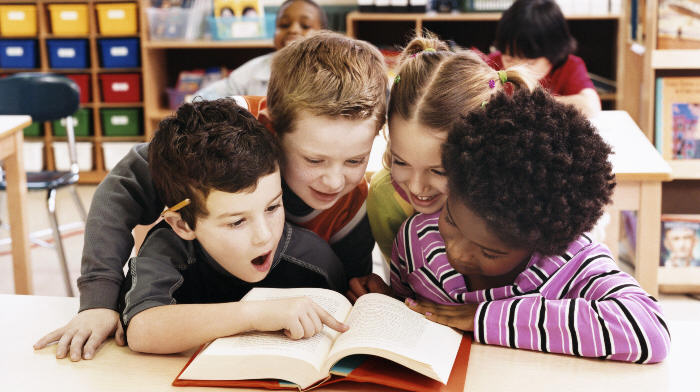
Ever since Maria Montessori (Italian pedagogue and specialist for education of abnormal children) presented her theory of the negative impact of fairy tales on children in 1921, modern parents have been surprisingly supportive of such ideas, with very few arguments. Nowadays, it’s very popular to dismiss tales like Little Red Riding Hood and Three Little Pigs as savage and aggression-supportive. This attitude has become so fashionable that masters like Brothers Grimm and Charles Perrault were all of a sudden sentenced as bad influence. How very reckless! Also, this interesting education trend is a great example of how parents absolutely need their basic art and pedagogy class. Luckily, fairy tales have found their worthy apologist in Bruno Bettelheim (American psychologist and writer), who devoted a part of his career to proving Montessori wrong. Basically, Bettelheim suggests that fairy tales deal with almost all of the child’s existential problems. A child’s internal processes are being externalized and apprehensible through characters and story events. Therefore, a fairy tale is an opportunity for a child to learn about world’s relations and dynamics. The two main remarks that have been made about the fairy tale is, firstly, its element of magic, and secondly, it’s oft brutality. Imagination, however, is a fundamental ingredient of human spirit. Without it, there wouldn’t be any poetry, art, enthusiasm, social reforms or transformations. The human ability to imagine is the greatest weapon of creation and perception. When robbed of imagination, a child doesn’t explore, and exploring is the only way of meeting the world. When it comes to brutality, the case becomes a little stronger. Again, an important fact to remember is that, as all literature in general, fairy tales are the world in miniature. Their goal is not to create an illusion of neverland, but to give an introduction to the world as it really is, with all of its characters. Exactly for that reason, fairy tales are an indispensable part of a child’s evolution. Once more, the advice to all parents would be to do their homework and get familiar with the child’s reading. If you find it necessary, follow the process and be there to explain the nature of each characters’ actions, what lays behind fantasy and how it should be interpreted. Just because you fear that the book is a little beyond your kid’s depth, that doesn’t mean you shouldn’t give it a chance to challenge its apperception. With your guidance, Little Match Girl and Alice in Wonderland are perfectly safe, not to mention those flatly essential stories like The Ugly Duckling. And once they establish a basis and grow up a bit, your kids will be perfectly capable of deciding right from wrong. In order to understand the world as great thinkers do, your kid has to have its fair share of Oscar Wilde and Antoine de Saint-Exupéry, as well as C. S. Lewis, Tolkien, Douglas Adams, J. K. Rowling and Neil Gaimen.
On-Screen Education
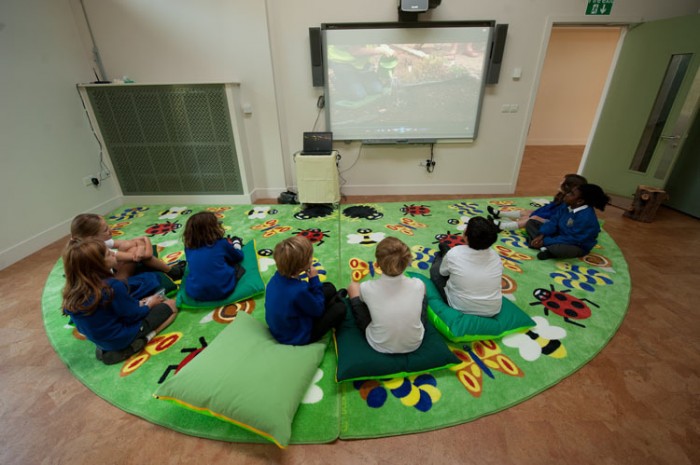
When it comes to screens, there are a couple of things you should have on your mind. In comparison to literature, television programs can be a slightly stronger foe. First of all, you cannot always control the contents your child is being exposed to. Flipping through channels is certainly different from devoting some time to a book. Obviously, you cannot keep company to your child in television watching whole day long, but forbidding it entirely is not a solution. TV and computers are all around, and to fight them would be similar to tilting at windmills. Also, media’s agendas are mostly covert, so they obligate attractive visual effects and pleasurable subjects to cover up its true intentions. The compelling photography and shiny images are exactly what most kids are drawn to. So, instead of trying to convince them not to watch certain shows, acquaint them with the ones they will absolutely love. Fortunately, the movie industry, as well as television production, has lately been devoted to some inventive and carefully thought out shows for children. Making education fun has never been about trying to trick the kids. If presented in a documentary manner, pedagogy reduces the aesthetics in art for children, and consequently makes it impossible for youngsters to upgrade it with their own thought and fantasy. The message any art, including movies and television shows, should deliver to a kid should be discreetly formatted. To a kid, unobtrusive and interesting didactics are more acceptable then the apparent one. After all, no one likes to be told how to behave, and children make that perfectly clear. And, if the ethical and philosophical message suggested in a movie can be fun, where’s the harm in that? Flicks from the magical workshop of Ghibli Museum, like My Neighbor Totoro and Spirited Away, are the much needed conformation of the miraculous power of imagination and childhood brimming with possibilities and vision. At the other side of the world, teamed up productions of Pixar and Disney have been releasing some unbelievably wonderful animated movies for some time now. To name a few, Ratatouille, WALL-E and Brave, are equally entertaining and didactic, with some firm lessons on not being afraid to grow, love and reach one’s desires. The monumental figure of BBC’s The Doctor (Doctor Who) communicates the importance of being unique, interested and excited about everything around. Seriously, what can be better than a dazzling space-time adventure that is educational (the array of historic figures that parade through the show!) and formative simultaneously. It will teach your kids that it’s okay to have imaginary friends, that we have to treat those who are different with respect, and that everyone is equally important. With such ideas, these shows should be obligatory for every parent as well.
A Thought on Video Games
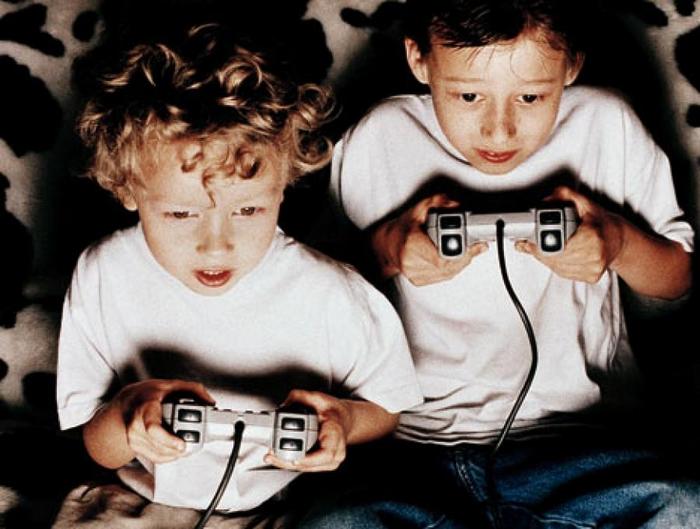
No one can deny that video games are an artistic discipline. Yes, their significance is lesser then that of a Guernica or Symphony No. 9, but unquestionably, they are the new-age, digital form of art. Much like media, they are omnipresent, and you are not their equal opponent. So you have to find a way to make the best out of them. The effective trick is to create a schedule of the time spent in virtual reality and outside, with fresh air. If your kids are interested in playing sports games, take them to a playground. Consult parents of your kid’s friends, and arrange sport teams and weekly leagues together. Show them the quality of time spent outside with friends. When it comes to the other types of games, try to join your kids and find out for yourself which aspects can be educational. Some strategic and problem-solving games can actually be positive for cognitive development and concentration training. For example, educational software based games like PlaceSpotting and Quest Atlantis are designed specifically for learning. Other ones, like point and click adventures, can be great for logical thinking as well as investigation and analytic abilities. With proper selection and a well-balanced timetable, video games can be an equally amusing and pedagogic experience.
Culture Trips and Creative Arts as a Crowning Blow

Once you catch the slightest glimpse of talent in your child, be sure to nurture it. Painting, drawing, sculpting, photography, even performing arts such as music, acting and dancing should be kindled and supported with the utmost commitment. Workshops and after-school programs are fully dedicated to such tasks, and so should parents be. If, on its way to greatness, a kid strives towards stage magic or circus skills, who are we to stand in its way? It might become a wizard of his own making.
The demonstration method is the conclusive segment of any teaching process. If your goal is to engage your kid in the world of art, then don’t expect it to do so while sitting on a couch. If art is a lifestyle, then travels are a major part of it. Frequent visits to museums and theaters are a smart way to awake the interest in your descendant. The world of amazing revelations and rainbow treasures awaits out there; it’s up to you to be the donor of the magical agent, in a fairytale manner of speaking.

